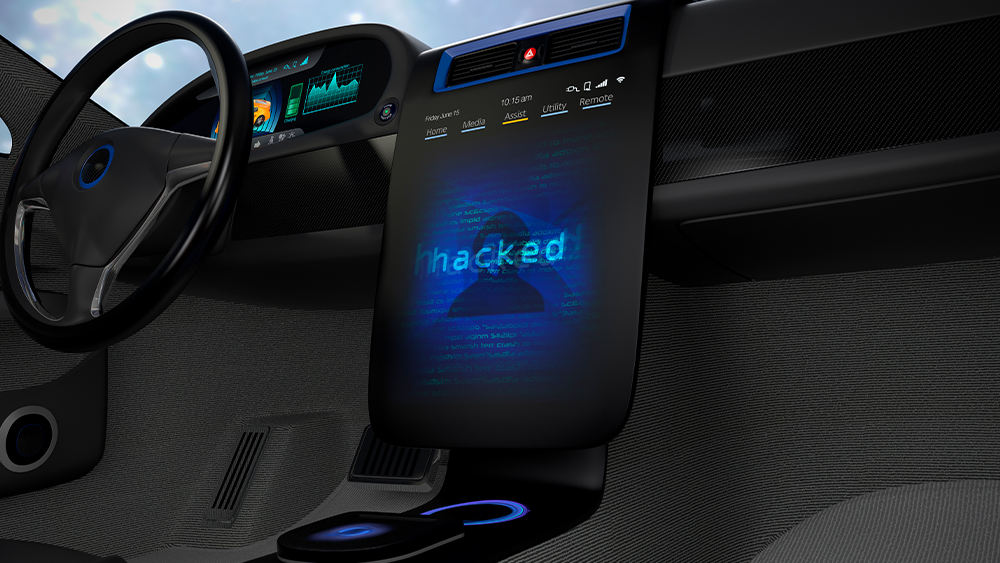
During the Mad Hacks: Fury Code hackathon, teams were given a task by the National Security Innovation Network of developing technologies for the Department of Defense (DOD). This task involved ensuring that human-controlled and autonomous vehicles can fight against cyber-attacks without human intervention.
A team composed of six students, including Arturo Sanchez from the Department of Engineering Technology and Industrial Distribution and Anna Bowers from the Department of Computer Science and Engineering at Texas A&M University, was recognized as one of the top hackathon teams for their innovative solution called the PHC (picryption, HIVE, clutch) Defense. As an awarded team, they are receiving funding to further their ideas.
"All of us have experience and connections with the DOD," said Bowers. "I wanted to make a difference, and I wanted to help keep military equipment secure. This issue is becoming more pressing every day."
Autonomous vehicles are, by nature, prone to hacking. When used for the military, they must be equipped with complex technologies to ensure safety from hackers. The mission of the competition was to present new solutions to this ongoing problem.
Their PHC Defense is a multilayered blend of software and mechanical measures that can autonomously fight against breaches in cybersecurity. The name is an acronym representing each layer of defense.
The first layer is picryption — a twist on regular encryption software that responds through encrypted pictures sent from the user to the system. If a file is received from an unknown user, the software can alert someone inside the vehicle. Bowers played a significant role in developing this code.
“Picryption is a form of Advanced Encryption Standard, an encryption that's been around as the industry standard for 20 years or so,” said Bowers. “The key difference is that picryption is taken from photo file data. The real point of using picryption is to answer the question, ‘Is there any way that we can encrypt data using a form of traditional cryptography, but still have it be secure and reliable?’"
If the picryption is compromised, the H, which stands for HIVE, takes over. The HIVE includes several layers of protection, but there is one that stands out. The HIVE uses an unexpected but obvious tool for communication — the radio. A mechanism already located in every car; this function allows users to speak through different radio frequencies.
The team understood that most autonomous vehicles run solely on software and programming. If these are hacked, how can the user operate the vehicle? For this reason, the team decided to take a mechanical approach to their final layer of protection. Representing the “C,” this level is called “the clutch." If the software fails, the driver can activate manual control. Sanchez, a mechatronics major, was influential in developing this part of the solution.
"If all systems fail, the vehicle can at least rely on itself," said Sanchez. "Ideally, it's supposed to lock the vehicle or prevent intruders from accessing it. The only way to reactivate the vehicle is by using a mechanical feature such as pressing the clutch or moving the steering wheel left and right."
Other team members included Heather Cowherd from the University of Kentucky, Rachel Devine from Lawrence Technological University, Cashaad Lawrence from The University of Texas at Dallas and Abelardo Garcia from San Diego State University.
The team is continuing to develop this solution for the DOD to help prevent these issues.
"We don't want to make it too complex," said Sanchez. "Soldiers are always facing high-stress situations, and our goal is to make a system that anyone can activate both quickly and efficiently to make sure they are safe from these kinds of attacks."